Rich Hoyer recently finished an excellent tour to the Yucatan Peninsula in Mexico
The birding in the Yucatan Peninsula on this year’s tour was simply fun. Everywhere were reliable numbers of our North American breeding species – Magnolia Warblers and White-eyed Vireos dominated almost every stop, but Northern Parulas, American Redstarts, Hooded Warblers, Least Flycatchers, and so many others made every stop a delight.
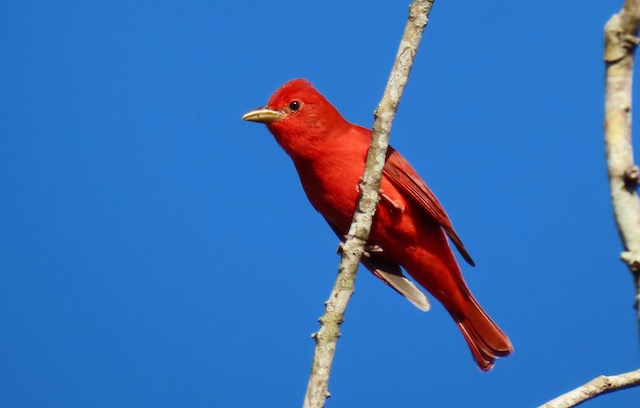
This Summer Tanager made it to the short list of favorites by being so cooperative.

Amongst all the migrants were good numbers of tropical residents, such as furtive Bright-rumped Attilas, chattering Red-crowned Ant-tanagers, primped Turquoise-browed Motmots, rambunctious Keel-billed Toucans, and this cheeky Northern Beardless-Tyrannulet that arrived to mob one of many Ferruginous Pygmy-Owls we found.

One thing that makes this region special are the regional endemics, and we saw all the expected ones – Yucatan Wren, Yucatan Gnatcatcher (the recent split from White-lored), Black Catbird, and many others. Mexican Sheartails were common this year, though the amazing color of the male’s gorget was visible only if the light was just right.
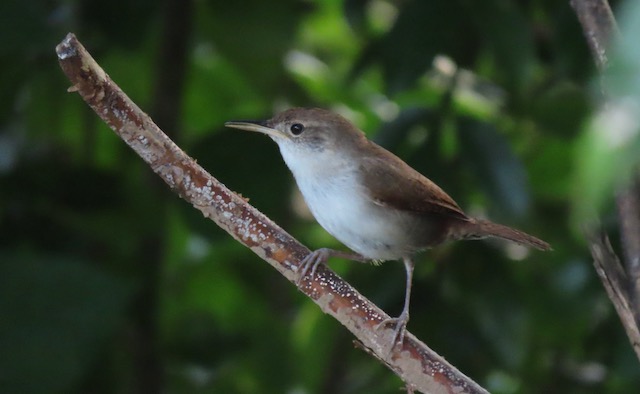
We also scored all the endemic species and the most distinctive subspecies on Cozumel with not too much trouble, and the Cozumel Vireo was a popular bird for the group. After having such great views of and listening to the song of this amazingly distinctive endemic subspecies of House Wren (Troglodytes aedon beani), we were all left wondering only when, not if, it will be split.
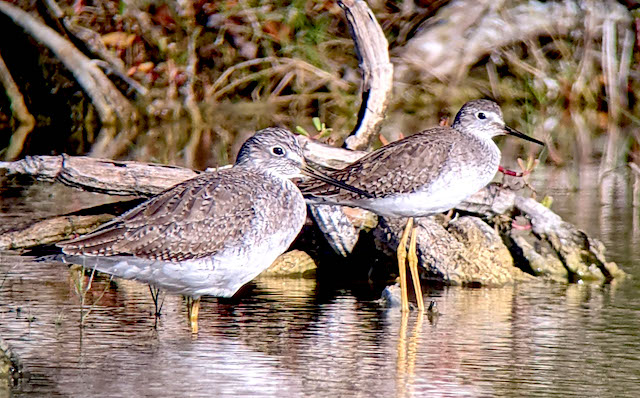
Water birds were a big part of this year’s tour, with our newly revised itinerary giving us a full day and a second morning in the Rio Lagartos area, where we tallied eleven species of heron and egret and 24 species of shorebird. A close comparison of Greater Yellowlegs and Lesser Yellowlegs like this is quite a treat. (photo by Rich Bayldon)
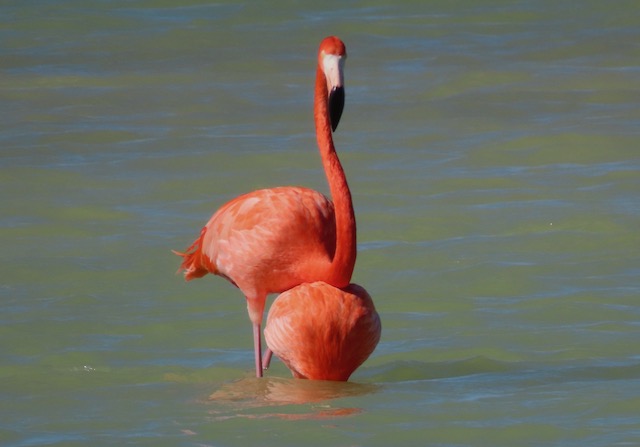
We estimated well over 1000 American Flamingos on the salt ponds, and this pair provided for a racy moment as the male came up from behind and mated with the female while she continued to act as if feeding.
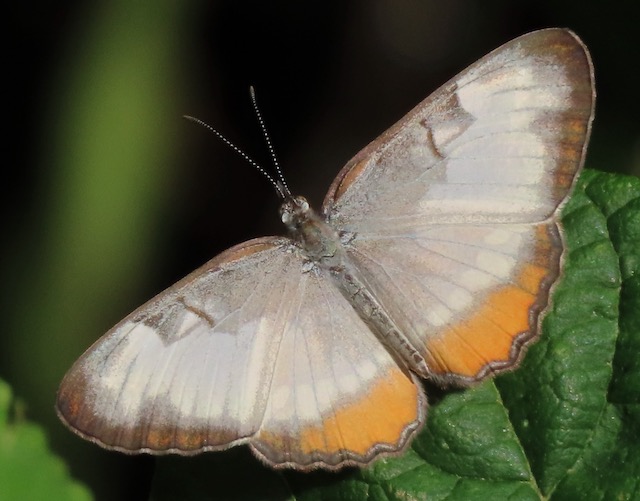
There was never a dull moment, with so many other interesting critters drawing our attention, such as polydesmid millipedes, two species of army ants, and colorful butterflies, such as this Northern Mestra.
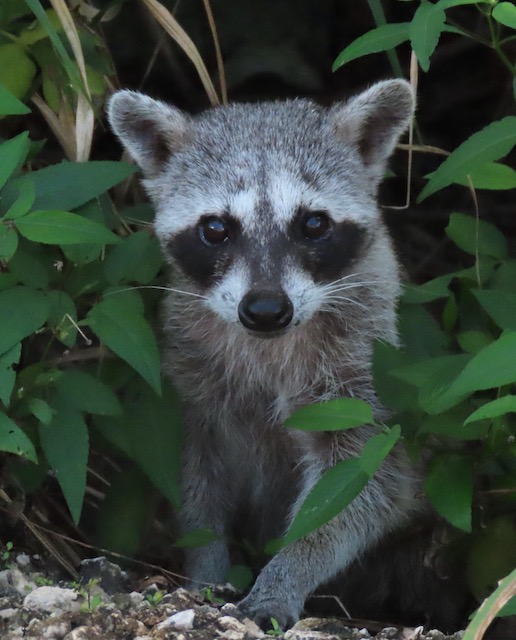
Unlike the mainland species, the smaller and endemic Cozumel Raccoon was charming in its almost polite, demure way of asking for a handout.
